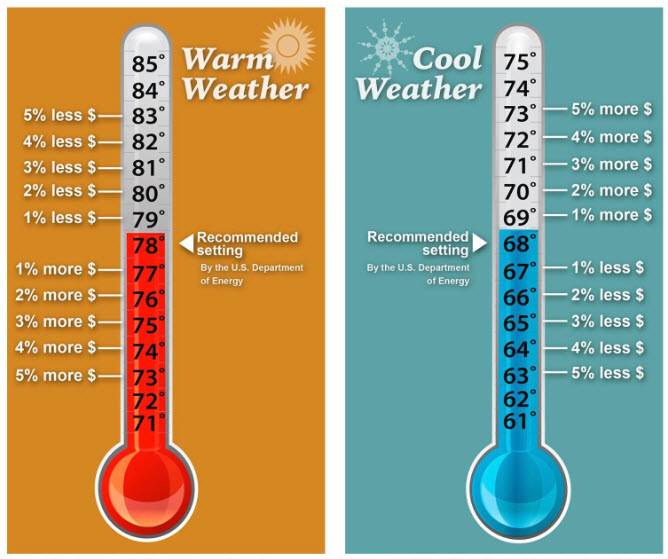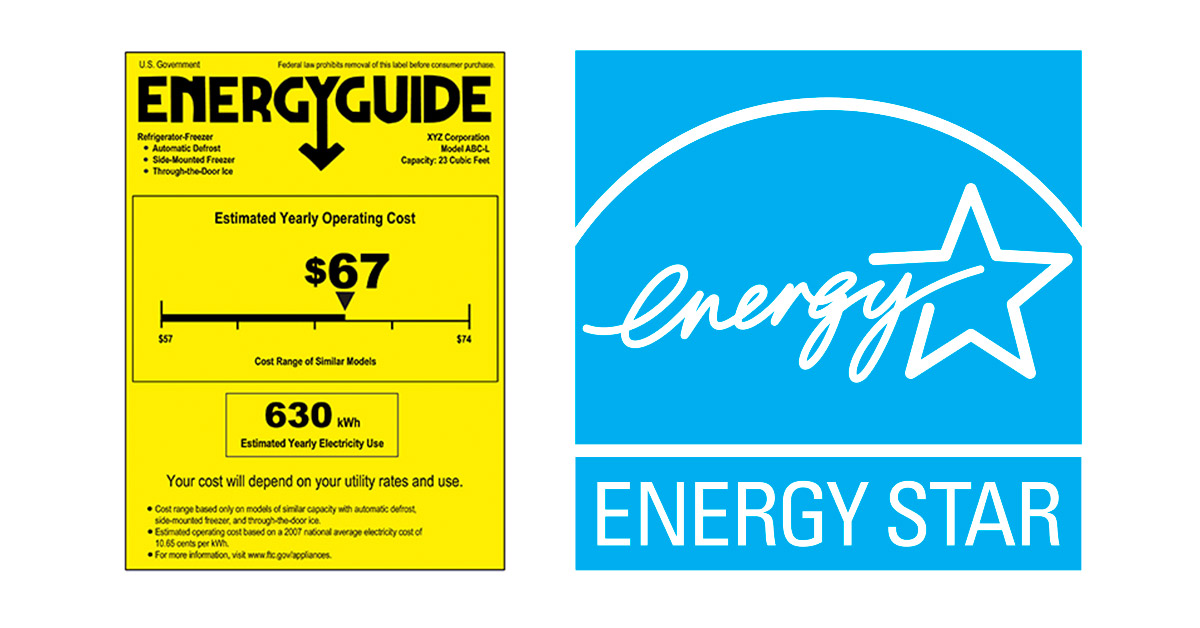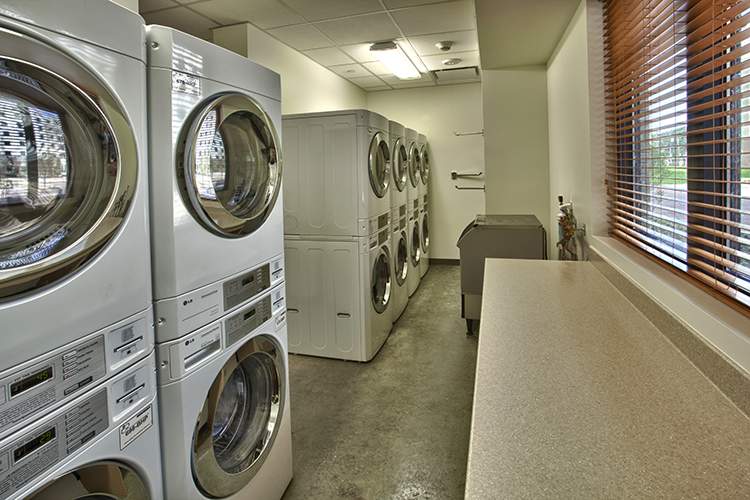To conserve electricity, set home thermostats to 78 - 80 degrees when using air conditioning to help reduce energy demand and to save money. When leaving your home be sure to set your thermostat between 80 - 82 degrees and close all window blinds and curtains to reduce heat transfer into the home.
You can save as much as 10% a year on heating and cooling by simply turning your thermostat back 7°-10°F for 8 hours a day from its normal setting.
For more information on how to save costs on your next electricity bill explore these helpful tips from Energy Saver.





